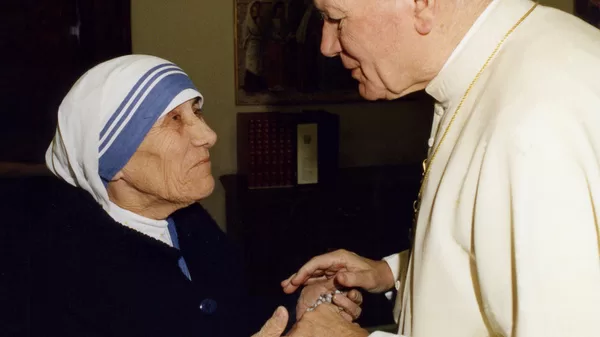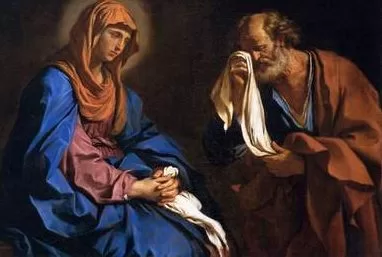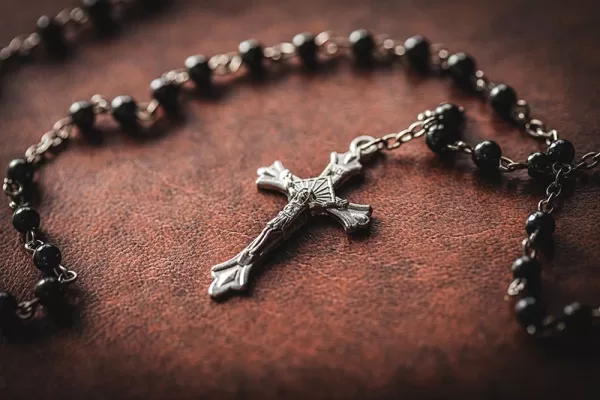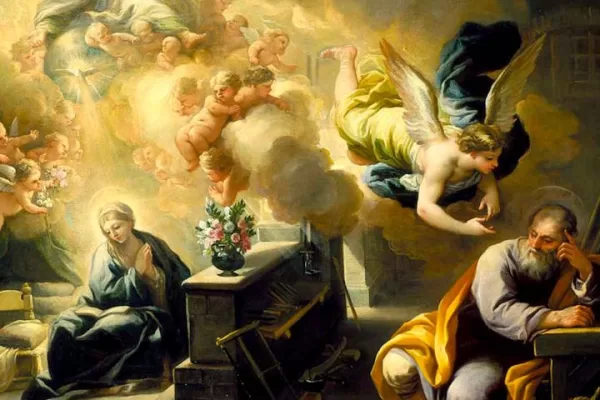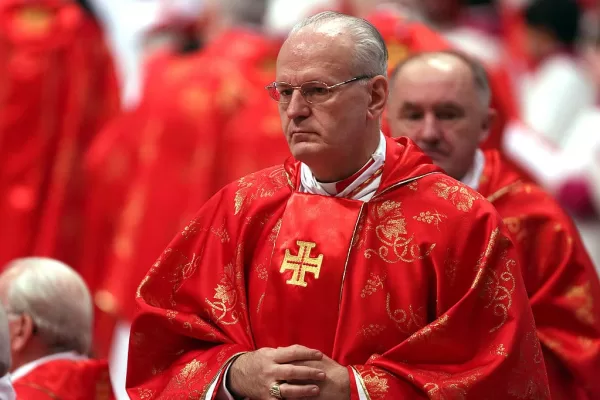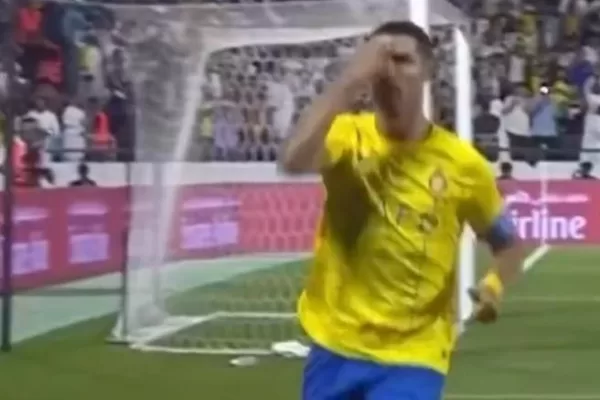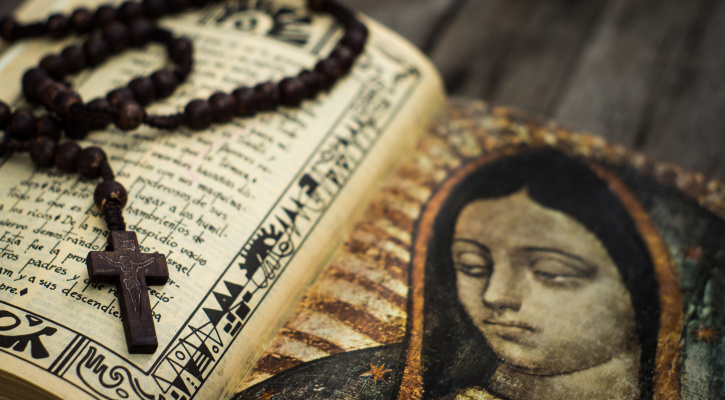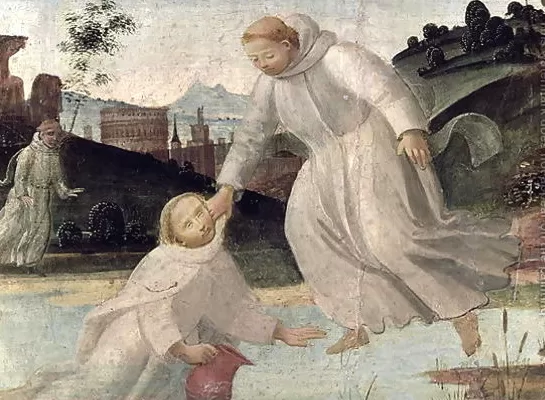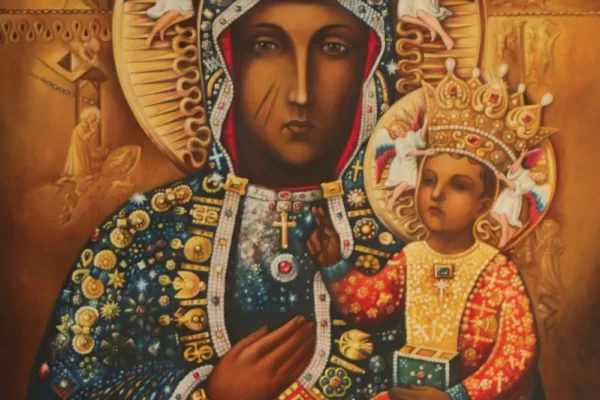
Powerful Prayer for The Black Madonna of Poland – Our Lady of Czestochowa
The Black Madonna is a painting of the Madonna and Christ Child which legend states was painted by St. Luke the Evangelist. St. Luke is believed to have used a tabletop from a table built by the carpenter Jesus. It was while Luke was painting Mary that she told him about the events in the life of Jesus that he eventually used in his gospel. This same legend states that that when St. Helen went to Jerusalem to search for the true cross in 326 AD, she happened upon this portrait of Our Lady. She gave it to her son, Constantine, who had a shrine built to house it. In a critical battle with the Saracens, the portrait was displayed from the walls of Constantinople and the Saracens were subsequently routed. The portrait was credited with saving the city. The painting was eventually owned by Charlemagne who subsequently presented the painting to Prince Leo of Ruthenia (northwest Hungary).It remained at the royal palace in Ruthenia until an invasion occurred in the eleventh century. The king prayed to Our Lady to aid his small army and as a result of this prayer a darkness overcame the enemy troops who, in their confusion, began attacking one another. Ruthenia was saved as a result of this intervention by Our Lady. In the fourteenth century, it was transferred to the Mount of Light (Jasna Gora) in Poland in response to a request made in a dream of Prince Ladislaus of Opola.

